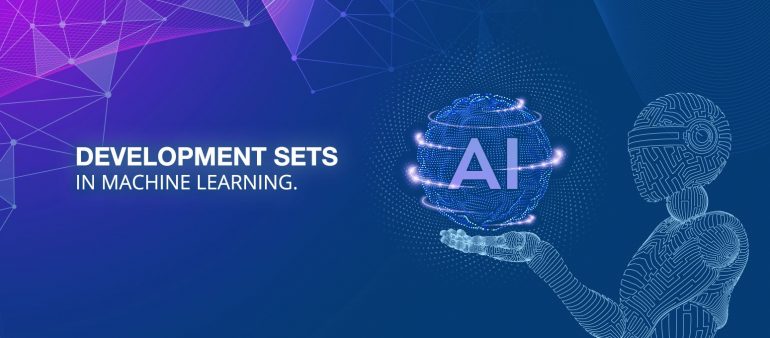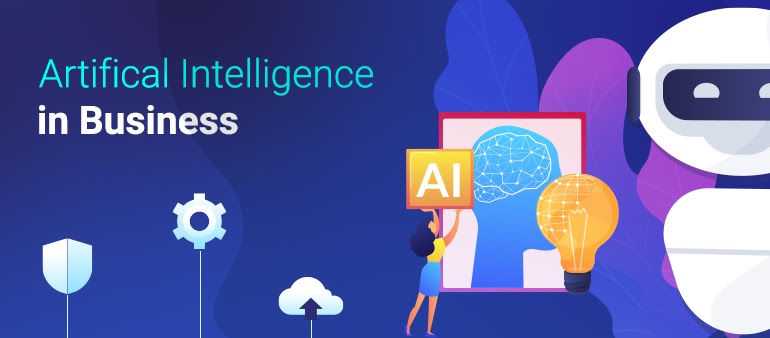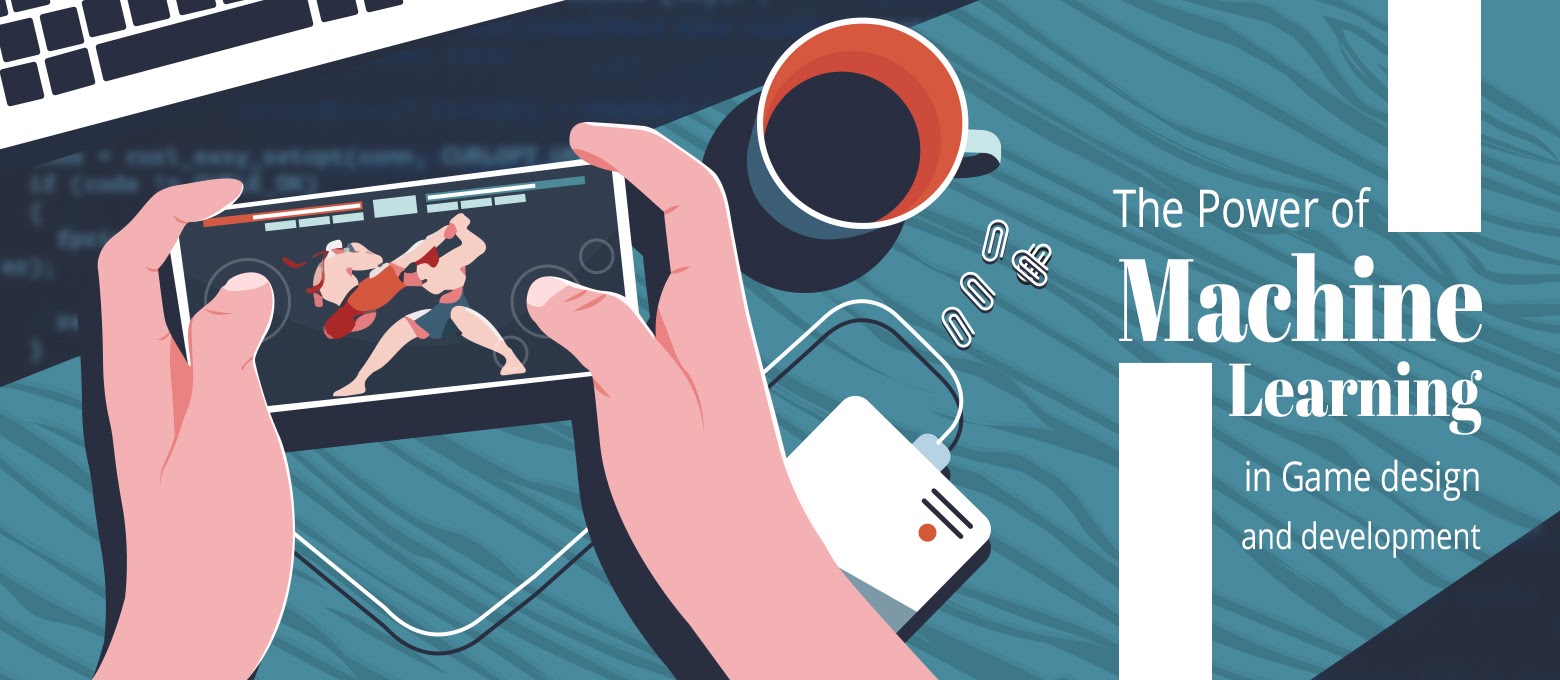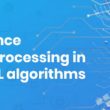Jim Bergeson, CEO of Bridgz Marketing Group in Minneapolis said, “Data will talk to you if you are willing to listen”. And that’s right, holding data accountable for all your answers is the way to go and a machine learning system believes just that, it learns from data and runs on it. A machine or model uses data to find, train, and optimize itself and build high prediction and generalization capabilities required to solve a specific problem. One of the types of dataset used is Validation dataset or dev set or development set
Surveys of machine learning developers and data scientists have shown that the data collection and preparation steps can take up to 80% of a machine learning project's time.
Source: SearchEnterpriseAI
A machine learning model creation step involves training the model and then testing it. It starts with an idea, according to which the raw data is collected for the model and then data processing for AI and ML algorithms takes place which converts the data into a form that can be used by the model to learn. Once the model is built to solve a specific problem, it is tested until the model gives satisfying results.
Building a model can be time consuming and asks for the right approach and methods. For that, it is essential to understand the requirements that are expected of the model and the problem that is trying to be solved.
First things first, the data collected is prepared for use by employing algorithms and appropriate techniques. It is distributed into three categories - structured, unstructured, and semi-structured data. The model is thereafter trained by using the good quality and prepared data. This exhaustive process involves selecting the right technique, hyperparameters, algorithm, whereupon configuring and tuning hyperparameters, identifying the appropriate features for best results, finally testing and evaluation of different versions of models for optimum performance and whether it meets the objective. The evaluation is done applying the validation technique and using a validation dataset which determines the model’s capability of performing once ready. Operationalizing the model is what comes next which involves measuring and monitoring its performance. Then finally what is left is to make the model adjustable so that it works best in all circumstances and iterations are also made to attain the desired results.
The technique
The Hold-out cross validation technique is a cross validation technique used to build a computational machine learning model and it divides the algorithm into three variant subsets on which the training, tuning, model selection, and testing is carried out. Those three sets are Training set, Validation set, and Testing set. As the name suggests, the machine learning algorithm is trained using a training dataset, the trained model is validated using the validation or development dataset, and the testing dataset tests the trained and validated model.
Based on the algorithm and the type of data the model consumes, Machine Learning has two basic types of important learning methods - Unsupervised and Supervised. Supervised learning follows predictive data analysis while on the other hand unsupervised learning works on finding data patterns.
The dataset that does carry weight
The development set is a significant dataset in the process of developing a ML model and it forms the basis of the whole model evaluation procedure. A machine learning algorithm has two parameters - model parameters that define individual models and hyperparameters define high-level structural settings for algorithms. The development set is used to select the parameters, tune them and then use them to choose the best model of a training algorithm. Nevertheless, it also helps in avoiding or minimizing overfitting and simultaneously controls the learning rate.
It is the quantity and quality of the dataset that determines the picking of the best performance model and it’s precision. Development sets develop machine learning solutions and help one find the best model of all the different models. It allows one to choose the number of layers (Depth), neurons per layer (width), activation function (ReLU, ELU, etc.), optimizer (SGD, Adam, etc.), learning rate, batch size, and more in the algorithm.
60-20-20 rule of thumb
The size of the dev set is 20% of the whole and that sums up to a large amount of data which is used for training and teaching the model more diverse features. The three sets that are the training set, development set and test set split the algorithm into the ratio of 60 : 20 : 20.
Errors
While the model is computationally trained, there are chances of error arising, just like in any other process. And here, the error value on the training set is called Bias while the difference between the error value on dev set and training set is called Variance. And, error is analysed by identifying Bias and Variance.
To choose the best model that aligns with the needs of the objective, it is necessary that there are reduced possible errors in the process. The different sort of errors that arise in the path (bias-variance trade-off) are the training error and development error. Focusing on the latter, it is measured by analysing the divergence from the value predicted.
Different data is spent to train and test your model by feeding it to the algorithm. If you use the same data to train and test the model, in that case the model could be overfit and then the model could perform well on the training data subset but poorly on the test data and vice versa.
The development error should be the lowest so that the model comes out good. Taking that into account, the errors are analysed time and again until they are reduced to minimal. This paradigm is used to pick the best model (algorithm) that can later be used to find accuracy on the test set. It is the development set that is used to choose and tune the AI model.
A model’s performance should have low bias and variance. And, Cross validation is a common technique that is used to balance the Bias and Variance of a model. It contributes to achieving a stable estimate of the model performance. If the dataset is not split appropriately, it can lead to extremely high Variance of the model performance. Cross-validation techniques can also be used when evaluating and mutually comparing more models, various training algorithms, or when seeking for optimal model parameters. The model must work in training as well as validation and should not be overfitted. And, a validation set or development set can be taken as a part of the training set that helps find the accuracy and efficiency of the algorithm.
Logic Simplified, a machine learning and artificial intelligence development company in India has developers with qualities that are looked for, like precision, accuracy, someone who understands the ML ecosystem well and has the capability to build machine learning models that meet the interests of the industries and create diverse possibilities and opportunities for people. Get in touch with us and enquire all you want to avail the best services in town. Share your thoughts, enquiries and suggestions by writing to us at enquiry@logicsimplfied.com, and we will get back to you shortly to provide you with high-end Artificial Intelligence and Machine Learning solutions.
 Get a Quote
Get a Quote














